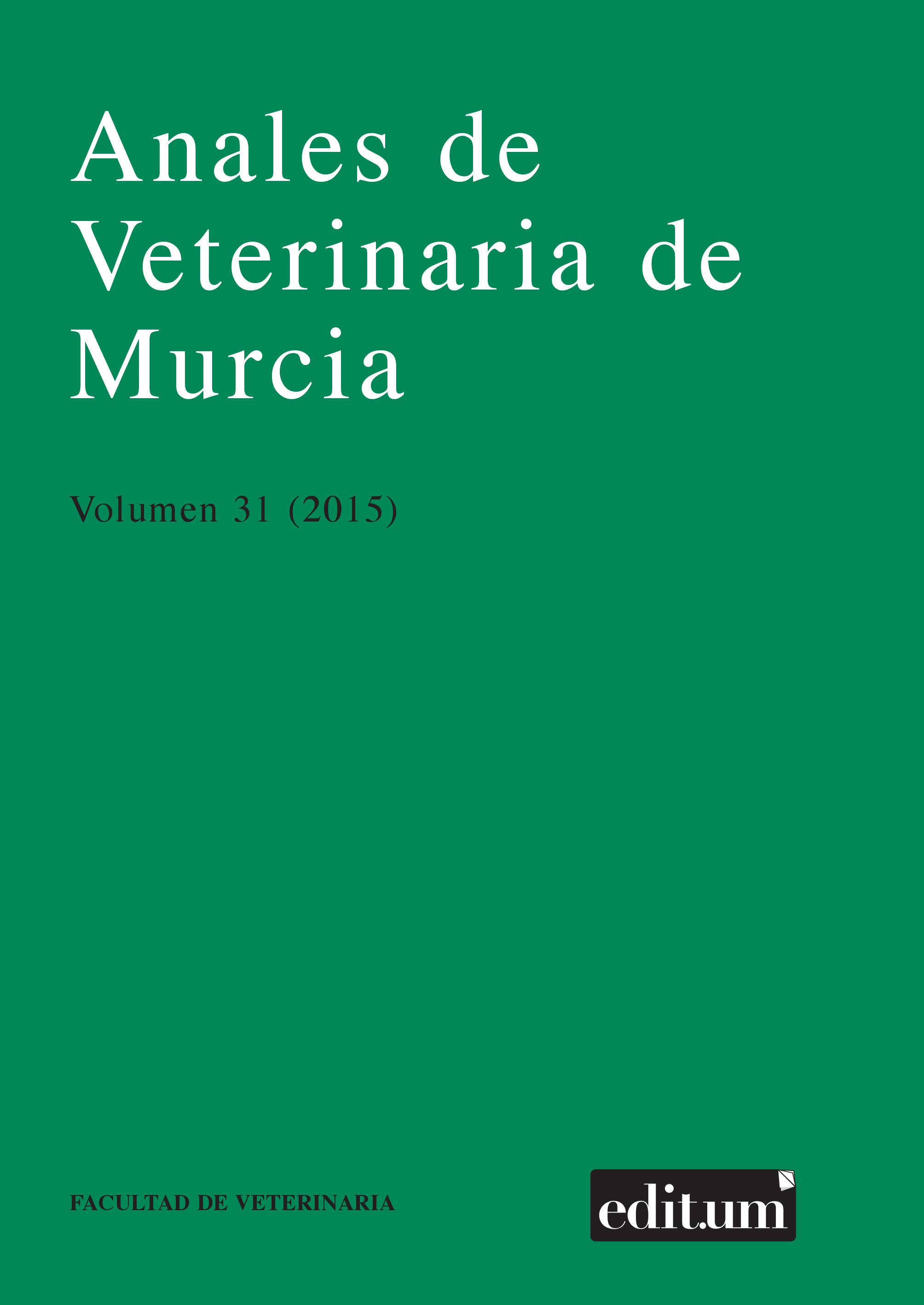Relationship between changes in the fascicular zone of the adrenal cortex and age in fighting breed (bos taurus) in different stress situations
Supporting Agencies
- Authors thank Toros Sureste S.L. (Bernal’s family) for allowing the take of samples at the local bullfighting arena. Jorge Ibáñez is gratefully acknowledged for giving the required permissions to carry out the take of samples at the farm. The help of J.A. Reyes with the statistics is also appreciated.
Abstract
In order to study the possible effect of different stressful situations on the morphology and function of the adrenal cortex, twenty fighting breed were divided into four groups according to age and fighting characteristics; group I (3 year old females fought in a farm bullring), group II (3 year old male fought in a portable bullring), group III (4 year old males fought in a public bullring) and group IV (8 years old females fought in a farm
bullring). Samples of blood and adrenal gland were taken from all the animals. Cortisol values were obtained from blood samples. Structural and ultrastructural studies were realized from adrenal gland. In the structural analysis of the adrenal gland the proportion of the different zones of the adrenal cortex and the characteristics of the cells of the fascicular zone were studied.
The results show a higher release of cortisol detected in the group of old females (group IV). A higher proportion of fascicular zone was also detected in this group and significantly differences (p < 0, 05) were found with regard to the other groups. In addition, spongiocytes of the fascicular zone in older females presented a higher number of liposomes statistically significant (p < 0, 05) than the other groups, which could mean that the older animals could have a higher capacity of cortisol synthesis. It is possible the enlargement of the adrenal as consequence of recurrent stress situations suffered by these animals and could be considered as a morphological indicator of chronic stress.
Downloads
-
Abstract507
-
PDF (Español (España))189
Creative Commons Attribution 4.0
The works published in this journal are subject to the following terms:
1. The Publications Service of the University of Murcia (the publisher) retains the property rights (copyright) of published works, and encourages and enables the reuse of the same under the license specified in paragraph 2.
© Servicio de Publicaciones, Universidad de Murcia, 2019
2. The works are published in the online edition of the journal under a Creative Commons Attribution-NonCommercial 4.0 (legal text). You can copy, use, distribute, transmit and publicly display, provided that: i) you cite the author and the original source of publication (journal, editorial and URL of the work), ii) are not used for commercial purposes, iii ) mentions the existence and specifications of this license.

This work is licensed under a Creative Commons Attribution-NonCommercial-NoDerivatives 4.0 International License.
3. Conditions of self-archiving. Is allowed and encouraged the authors to disseminate electronically pre-print versions (version before being evaluated and sent to the journal) and / or post-print (version reviewed and accepted for publication) of their works before publication, as it encourages its earliest circulation and diffusion and thus a possible increase in its citation and scope between the academic community. RoMEO Color: Green.




